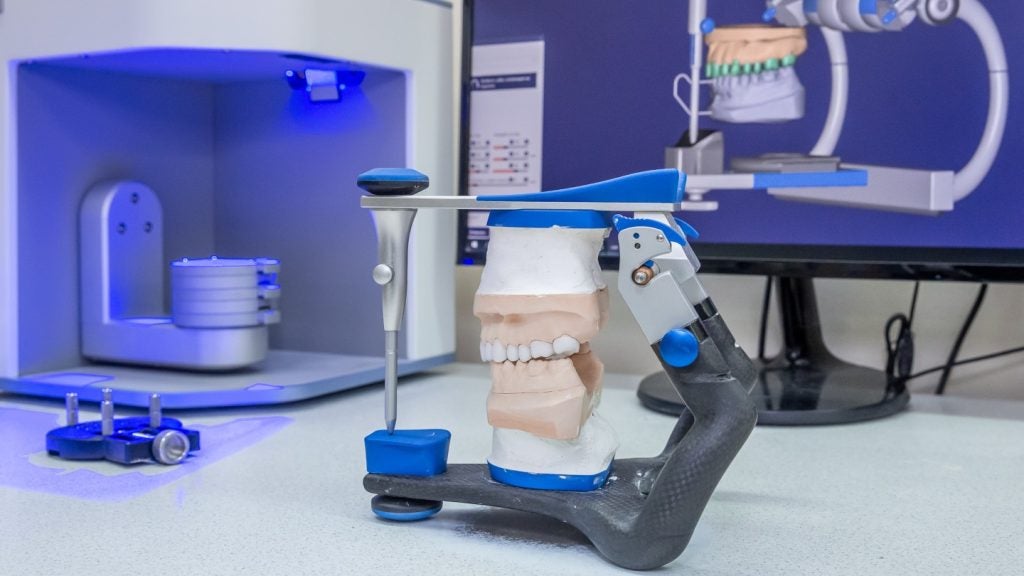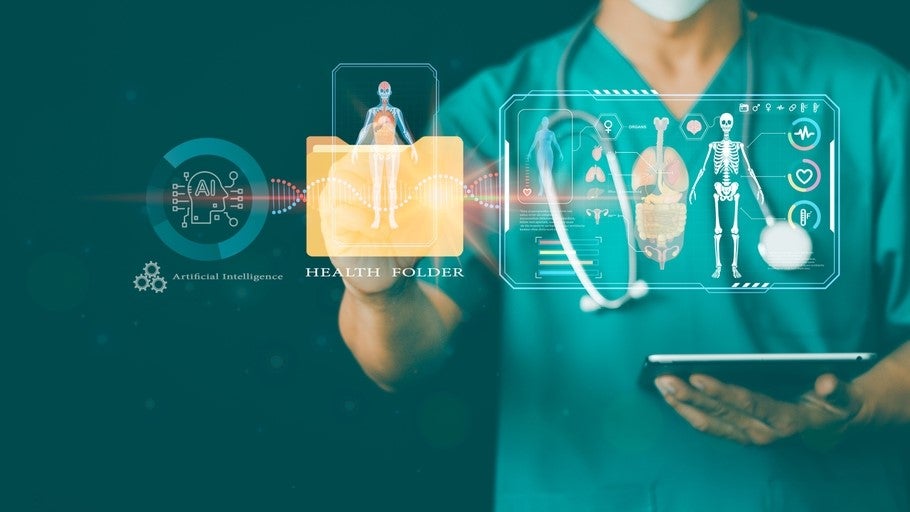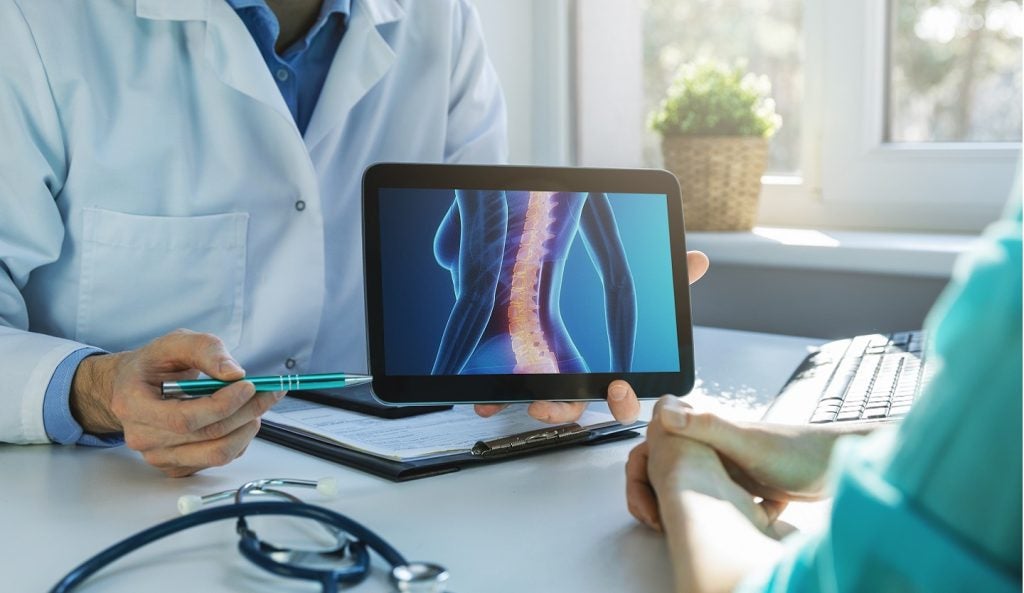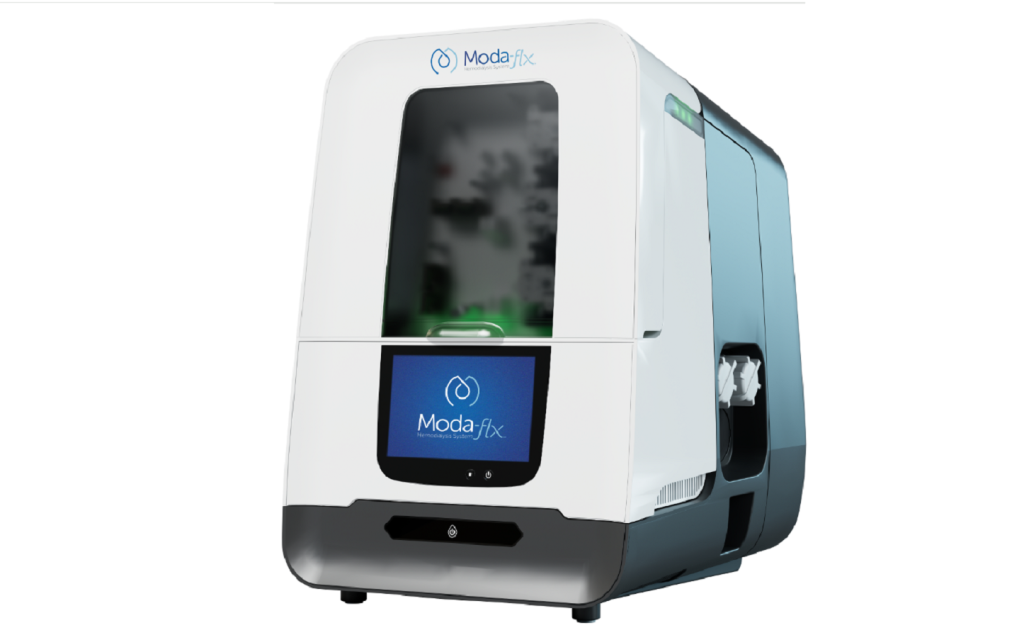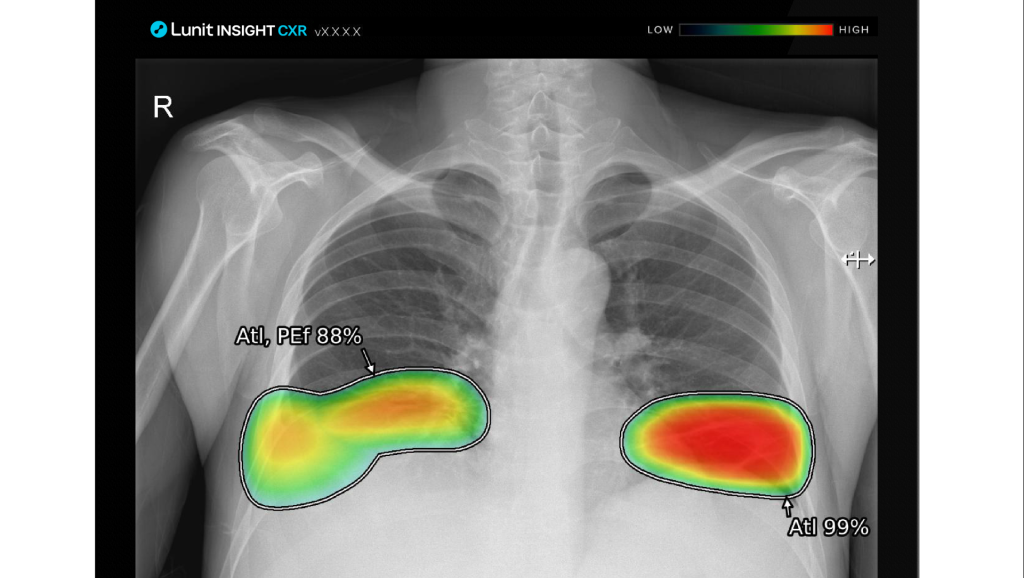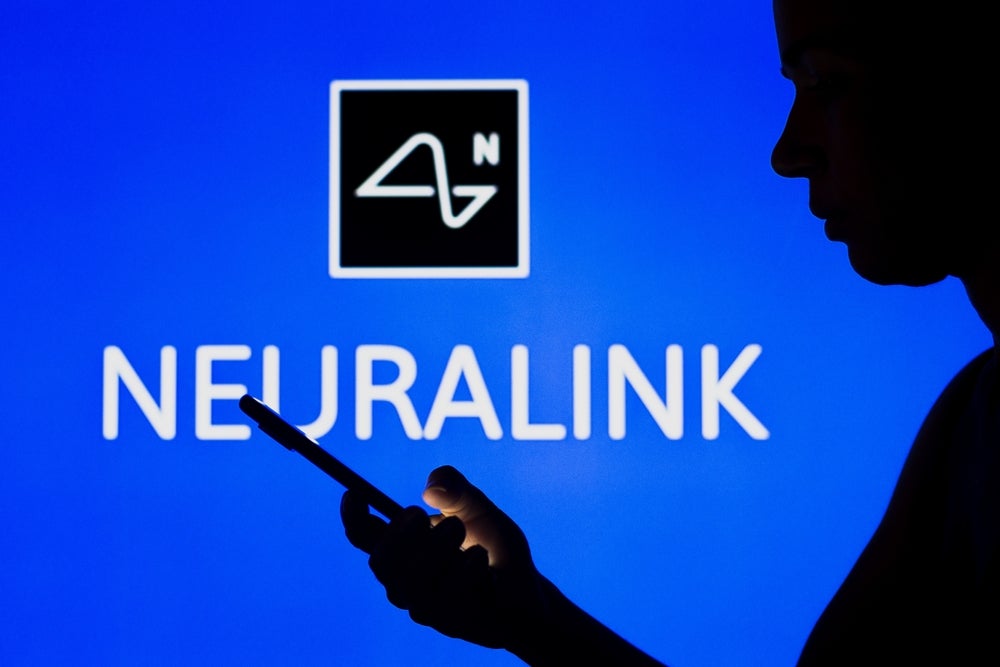The persistent and long-term shortage of organ donors affecting the healthcare industry globally could be alleviated through the use of 3D-printed organs, according to a new report.
GlobalData’s Future of Healthcare report suggests that 3D-printed organs could be a reality as soon as 2035. Among their applications, it suggests, could be transplantation, disease modelling, drug testing and personalised medicine.
The report explores key technologies emerging in the industry, such as 3D printing, robotics, preventative medicine and digital therapeutics, the impact they could have and the challenges they must overcome.
3D-printed organs
Using a 3D bioprinter, a copy of bodily tissue could be printed with bio-ink, producing an artificial organ made specifically for the recipient, reducing the risk of rejection.
“3D printing enables customized digital manufacturing, meaning products can be constructed to fit an individual’s anatomy,” Emma Sturdee, associate analyst at GlobalData and lead author of the report, told Medical Devices Technology.
As with any emerging industry, the regulatory landscape is still evolving to ensure that 3D-printed organs are safe and effective.
Sturdee explained that, while multilayered skin, bone, muscle structures, blood vessels, retinal tissue and smaller organs have been successfully 3D-printed so far, they are not approved for human use.
“The field is moving in the right direction with key breakthroughs,” she said. “One type of organ successfully printed does not mean another type can be printed straight after. Every organ has its own complexities. However, when one type has managed to be printed and implanted, it brings us closer to printing another type of organ.”
The report details that there have been some crucial advancements in the foundations for making intricate tissue structures with 3D printers this year.
In February 2024, researchers at the Vienna University of Technology made advances in generating tissue for treating injured cartilage, and later in May, the University of Wisconsin Madison developed a new method for printing functional brain tissue.
Other 3D printing use cases in healthcare
While fully functional and regulated 3D-printed organs are still some way off, the technology is being used elsewhere within the healthcare industry in a variety of ways.
Currently, 3D printing is beginning to be used to make customized medical devices such as prosthetics, implants, and surgical instruments.
Sturdee explained that the dental industry in particular has taken to the technology, with dental applications of 3D-printed technology among the first to be medically approved.
She added that 3D printing is “starting to show great potential” in the realm of drug development and delivery. 3D printing drug structures could facilitate controlled release profiles, which are not possible with traditional manufacturing and allow personalisation for medication, releasing timely doses or rolling different medicines into one pill.
Overall, GlobalData estimates that the 3D printing in healthcare market value is expected to reach $9bn by 2035, up from $1.4bn in 2023.


